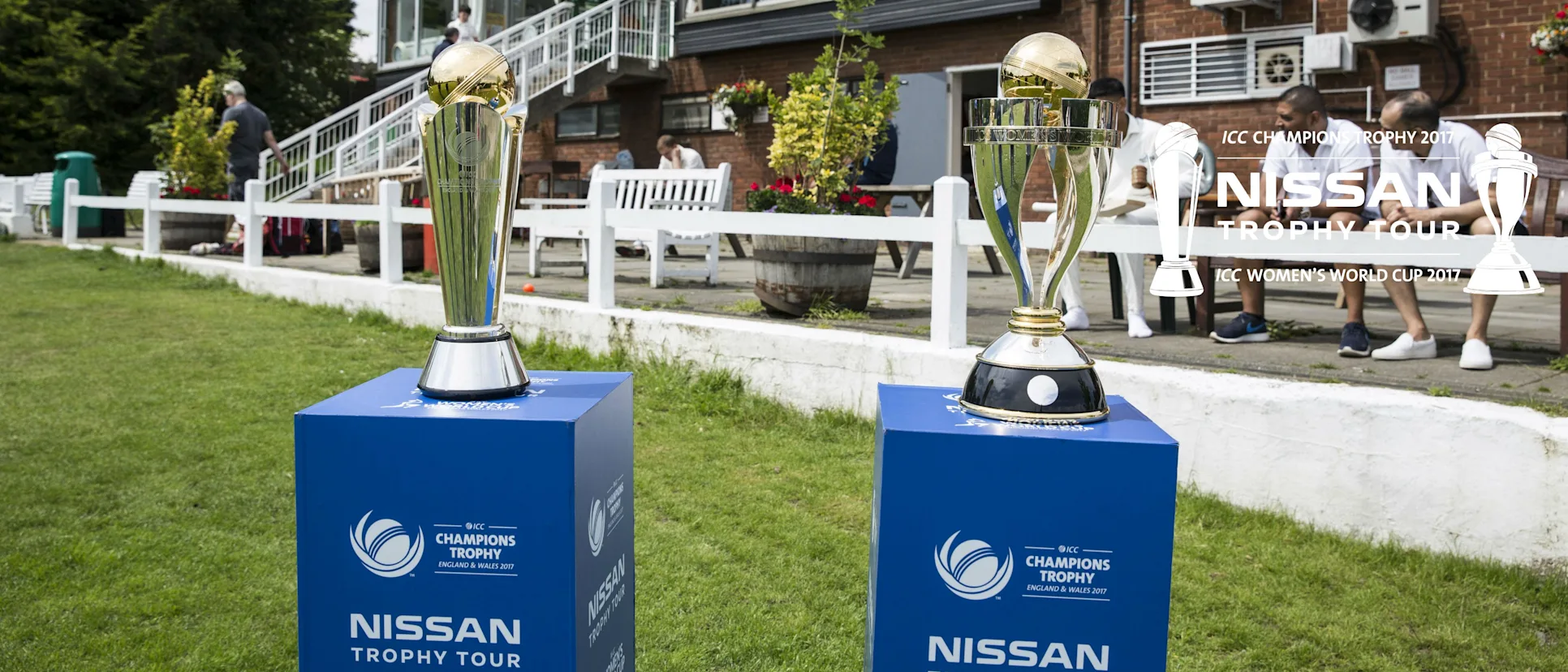The Explainer: Technological innovations at the ICC Champions Trophy

DRONE PITCH ANALYSIS
At every game of the ICC Champions Trophy there will be an Intel® Falcon™ 8 Drone, equipped with HD and infrared cameras, to provide high-tech pitch reports.
“Before, all the information a commentator has been given has been limited to what the eye can see, which is not a bad thing,” says Anuj Dua, Director of Marketing for Intel’s New Technology Group, “but often that doesn’t give you the full breadth of information of what the pitch is about to do.”
Each pitch report will consist of three components: the coverage of the grass across the pitch; any variations in the health of the grass; and its topography. This can then be analysed to establish which areas may offer spin or seam, and where there could be uneven bounce. A pitch map will then be generated to display all of this information.
The fact that every venue and every pitch will be examined – and direct comparisons offered with other pitches at different venues – presents an opportunity to create a new level of storytelling across the tournament. “If the technology is available to enhance and amplify the cricket experience, we have shown over the years a real willingness to trial and support it,” says Dave Richardson, ICC Chief Executive.
“Story-telling is vital in the ever-evolving digital space,” he adds, “and one of the major ICC Champions Trophy objectives is the delivery of the first ‘smart’ cricket tournament.”
SPECULUR BATSENSE BAT SENSOR
Perhaps the most eye-catching new innovation is the bat sensor that will be used by a selection of players throughout the tournament. Attaching to the top of the bat handle, the sensor will record and transmit data to the broadcaster, which can then be used to examine a whole host of aspects pertaining to the batsman’s technique.
Six pieces of data are recorded and transmitted from every stroke:
- The time between back-lift and impact with the ball
- The speed of the bat at point of impact
- The maximum bat speed across the whole swing
- The angles from vertical of the bat at:
- the final follow-through point
- the tip of the back-lift
- the point of impact
The number of ways this data can be used is mind-boggling. We can see just how fast MS Dhoni’s bat goes when he nails a helicopter shot, or exactly what the angle of Hashim Amla’s bat is on a delicate late cut.
Commentator Nasser Hussain admits that the technology has pointed out some mistakes he has made in his own analysis. “I got it wrong in the winter,” he says. “I said Virat Kohli played spin the same way he plays seam, when in fact it’s completely different. He plays seam with a stilted follow-through, but then when he plays the spinner he has a real flourish of the hands.”
Perhaps most exciting of all is the fact that a product that will produce identical data will be available to purchase at a price affordable to club cricketers. BatSense, developed by tech company Specular, will retail at $150. Everything you’ve ever wondered about your technique – whether your high back-lift is hindering or helping you, whether you follow-through differently against different types of bowlers, and whether you slow down just before impact – can now, as Hussain says, “be quantified”.
The product will be available in Australia, India, the UK, and the USA later in the year.
Hussain is aware that the technology could take a while to bed in, but that once it does, its ability to enhance storytelling is almost unlimited. “It will take time because you need context,” he says.
“So the first couple of games when we put out that AB de Villiers’ bat speed is 78kph or whatever, it won’t mean much. But by the end of the tournament when we’re comparing it to someone else, we’ll be able to find out who has the best bat speed.”
Richardson adds: “Intel will be instrumental in enhancing the game experience for fans watching the broadcast. The innovations Intel are bringing to the game promise to transform how cricket is experienced and enjoyed around the world.”
IN-GROUND VIRTUAL REALITY
In a further exciting development, fans at The Oval and at Edgbaston will now be able to enter virtual reality, facing a virtual bowler, and batting in a contrived match situation. The main innovation which will separate this from other virtual reality technologies is the introduction of a virtual bat, powered by Intel Curie technology, with a virtual reality sensor inside it. Now for the first time, fans can really get to experience what it’s like to be out there in the middle, facing the world’s best and most hostile bowlers. Get your eye in…